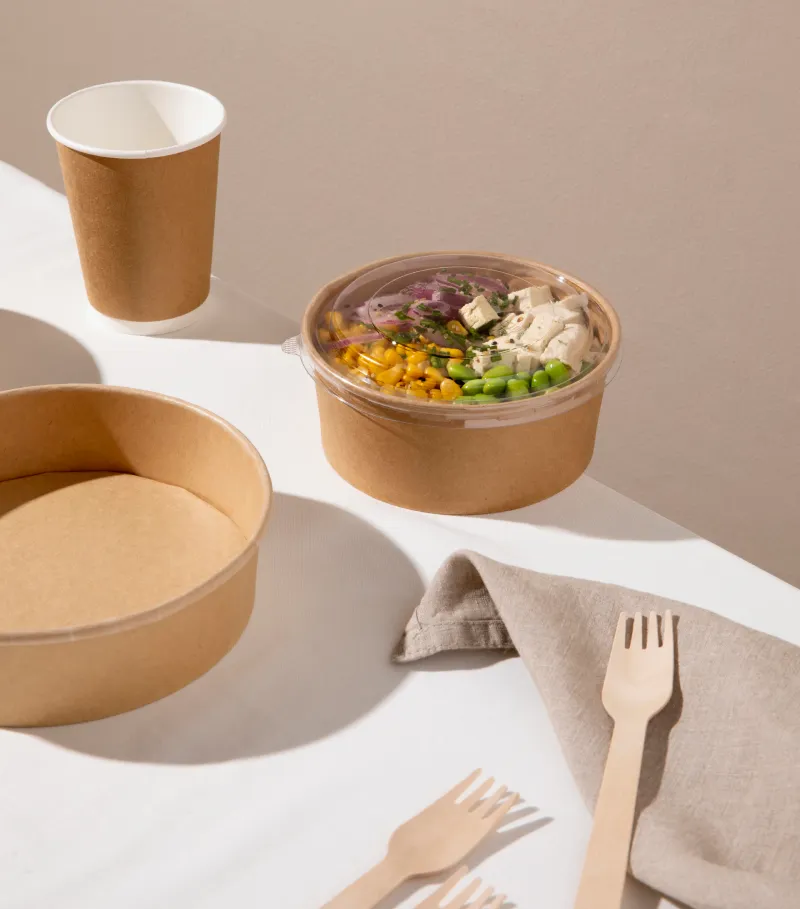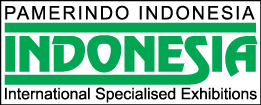The sugarcane packaging market is experiencing rapid growth driven by sustainability trends and regulatory pressures. According to a report by Future Market Insights, the market size is projected to grow from USD 304 million in 2025 to USD 586.9 million by 2035, with a CAGR of 6.8% during this period. This growth is largely fueled by increasing adoption in the food and beverage sectors, where biodegradable and compostable packaging alternatives are in high demand.
Why Sugarcane Packaging?
Sugarcane packaging primarily utilizes bagasse-the fibrous residue left after extracting juice from sugarcane stalks. This material is biodegradable, compostable, and sourced from renewable resources, making it an eco-friendly substitute for plastic packaging. With the food and beverage industry leading adoption, sugarcane packaging accounts for over 60% of the sustainable packaging market share by 2035. Its applications include trays, bowls, clamshell containers, plates, and flexible films, with bagasse-based products expected to command over 67% of the market share.
Market Drivers
- Environmental Concerns and Regulations
Growing consumer and corporate awareness about plastic pollution have fueled demand for compostable packaging. Governments worldwide are enforcing stricter bans on single-use plastics, accelerating the transition to plant-based alternatives like sugarcane packaging. The EU, India, and North America are key regions where regulatory pressure has significantly boosted market growth. - Technological Advancements
Innovations such as moisture-resistant and grease-proof coatings have enhanced the durability and performance of sugarcane packaging, making it suitable for diverse applications. Automation and AI-driven production technologies are improving manufacturing efficiency, reducing costs, and enabling mass customization to meet the rising demand. - Expanding Applications
Beyond foodservice, sugarcane packaging is penetrating sectors like cosmetics, pharmaceuticals, and electronics, driven by consumer preference for sustainable products and brand differentiation through eco-friendly packaging.
Challenges and Opportunities
Despite its benefits, sugarcane packaging faces challenges related to production costs and scaling supply chains. However, investments in advanced processing technologies and local manufacturing initiatives, especially in emerging markets like India and China, are expected to overcome these barriers.
The market is increasingly supported by the principles of the circular economy, which focus on maximizing resource efficiency, minimizing waste, and promoting the reuse and recycling of packaging materials. This approach helps reduce environmental impact by lowering greenhouse gas emissions and conserving natural resources, aligning closely with global sustainability objectives. Many companies are innovating to develop packaging solutions that are recyclable, compostable, or reusable, thereby closing the loop on material use and reducing reliance on virgin resources. By embracing circular economy strategies, businesses can improve their environmental footprint while also enhancing brand reputation and opening new economic opportunities in sustainable packaging
Regional Outlook
- South Asia & Pacific: Projected to witness the highest CAGR due to a booming foodservice industry and increasing regulatory support.
- North America: Strong growth driven by major foodservice chains adopting biodegradable packaging.
- Europe: Stringent plastic bans and consumer demand fuel market expansion, with Germany as a key contributor.
- Latin America and MEA: Gradual uptake supported by government incentives and rising sustainability awareness.
The sugarcane packaging market is poised for significant growth as sustainability becomes a central business imperative worldwide. With its natural biodegradability, regulatory tailwinds, and continuous innovation, sugarcane packaging offers a promising path toward reducing plastic waste and fostering a greener future. Industry stakeholders who prioritize sustainable product development and invest in advanced manufacturing capabilities will be best positioned to thrive in this expanding market.
Mark your calendar for Propak Indonesia 2025! Taking place August 27–29 at Jakarta International Expo, this is your opportunity to connect with top professionals, discover cutting-edge solutions, and accelerate your business growth.




